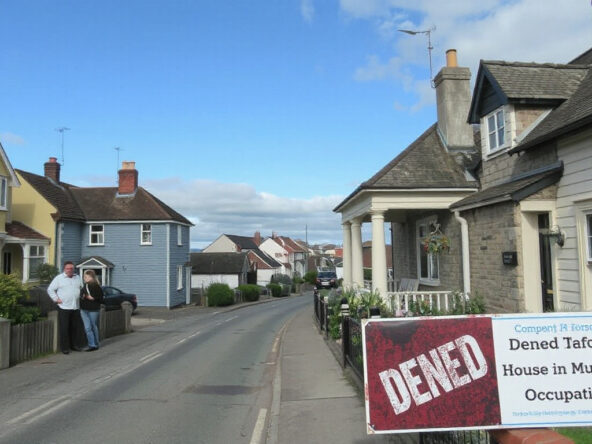In recent years, north-west England has witnessed a concerning trend regarding licensed houses in multiple occupation (HMOs). A report by the National Residential Landlords Association (NRLA) indicates a decline in the number of licensed HMOs following an increase from 2013 to
2018. Various factors, including new regulations, high-interest rates, and complex licensing processes, are contributing to this downward shift, making it increasingly challenging for landlords to maintain their properties in the competitive rental market. Currently, the region boasts approximately 9,500 licensed HMOs. The stagnation in growth raises pertinent questions regarding the social implications for local communities, including the rise in urban blight and issues of anti-social behaviour. This article explores the reasons behind the decline of licensed HMOs in north-west England and the resulting impacts on community dynamics.
Key Takeaways
- The decline in licensed HMOs in North-West England is primarily due to stringent regulations, high interest rates, and complex licensing processes.
- Local communities are experiencing negative social effects, including increased anti-social behaviour and urban blight as a consequence of the HMO decline.
- The rising administrative burdens are discouraging potential investors from entering the HMO market, impacting housing supply.
1. Reasons Behind the Decline of Licensed HMOs
The decline of licensed houses in multiple occupation (HMOs) in north-west England marks a significant shift in the rental housing landscape, with recent reports indicating a downturn despite previous growth between 2013 and
2018. The National Residential Landlords Association (NRLA) has identified several key factors contributing to this trend, including stringent new regulations, rising interest rates, and a complex licensing process, all of which pose considerable challenges for landlords (NRLA, 2023). Currently, the region is home to approximately 9,500 licensed HMOs, yet the growth rate has plateaued, raising concerns among property stakeholders. Landlord Wendy Whittaker-Large highlighted that the increasing administrative workload is discouraging prospective investors from entering the market. Moreover, while the 2018 legislative reforms were intended to enhance safety and standards within rental properties, they have inadvertently correlated with issues such as anti-social behaviour and heightened fly-tipping occurrences in areas densely populated by HMOs. Local residents, including Marianne Marsh from Liverpool, have observed a marked increase in urban decay, attributing the decline in neighbourhood quality directly to the proliferation of HMOs in their communities (Marsh, 2023). These insights point to a complex interplay of regulatory pressures and community impacts that could reshape the future of HMOs in the area.
2. Social Implications for Local Communities
The diminishing presence of licensed HMOs has notable social implications for local communities, particularly in terms of community cohesion and resident satisfaction. With the regulatory changes introduced since 2018, many landlords face overwhelming administrative requirements, which not only reduces the number of available HMOs but also impacts the rental market’s diversity. This decline can lead to a shortage of affordable housing options, disproportionately affecting low-income families and individuals seeking accommodation in north-west England (Ross, 2023). Furthermore, the proliferation of HMOs, even at their peak, often resulted in increased anti-social behaviour, as reported by residents like Marianne Marsh. This creates a feedback loop whereby declining community amenities and increased nuisance behaviour further degrade living conditions, thereby exacerbating feelings of neglect and discontent among long-term residents (Marsh, 2023). As neighbourhoods become less inviting, the potential for community engagement diminishes, leading to social fragmentation and a decline in local pride. Addressing these issues requires a nuanced understanding of the balance between regulation and the need for affordable housing solutions, coupled with community involvement to enhance local conditions for all residents.
Follow us for more info.





